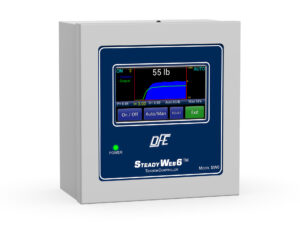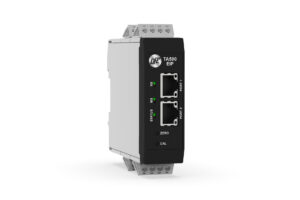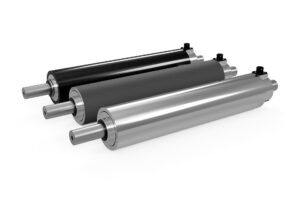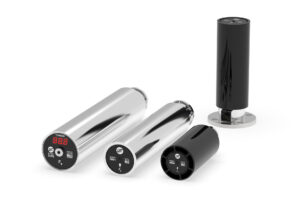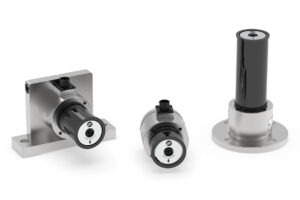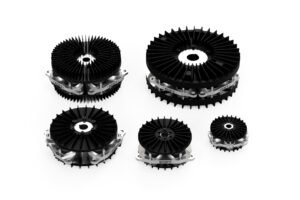The Important Role of Tension Control in Solid-State Battery Manufacturing
Improve quality and reduce waste with precise tension control.
As the demand for more efficient, safer, and energy-dense batteries continues to grow, the spotlight has increasingly turned towards solid state batteries. These next-generation power sources promise significant advancements over traditional lithium-ion batteries, but their manufacturing process introduces unique challenges.
One of the most critical aspects in this context is tension control during the manufacturing process. Understanding its importance and how it differs between solid state and traditional lithium-ion battery production can illuminate the path to more reliable and higher-performing batteries.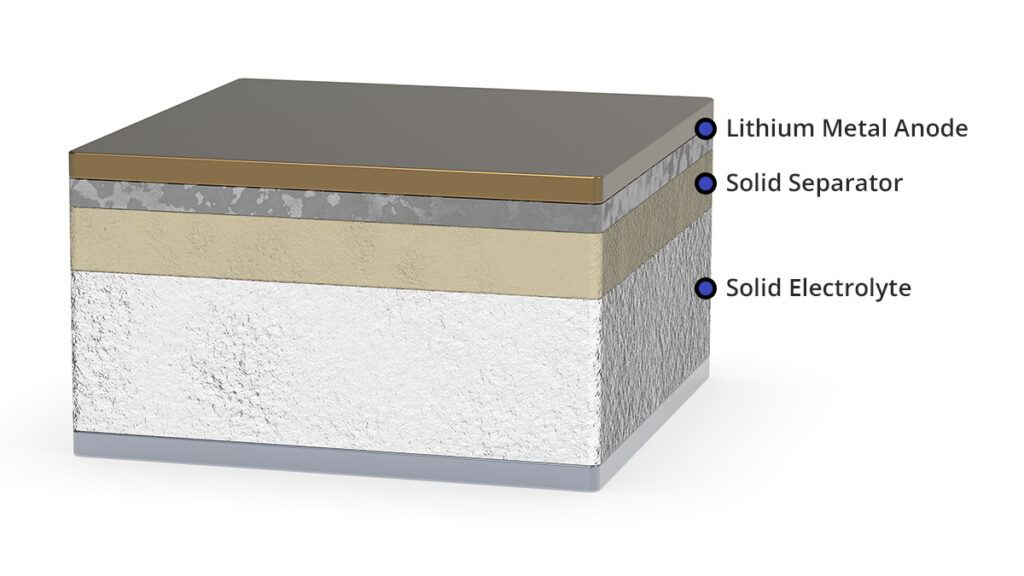 Traditional Lithium-Ion Battery Composition and Tension Control
Traditional Lithium-Ion Battery Composition and Tension Control
Lithium-ion batteries have been the standard for decades, powering everything from smartphones to electric vehicles. Their construction typically involves a liquid electrolyte that facilitates the movement of lithium ions between the anode and cathode. The electrodes are often made from materials like lithium cobalt oxide (cathode) and graphite (anode), which are coated onto metal foils (usually aluminum for the cathode and copper for the anode).
In lithium-ion battery manufacturing, tension control is crucial during the electrode coating process and subsequent assembly steps. The metal foils need to be uniformly coated with active materials to ensure consistent performance. If the tension is too high, it can lead to tearing or wrinkling of the foils, causing defects and potential safety hazards. Conversely, if the tension is too low, the coating can become uneven, leading to poor electrical performance and reduced battery life. Tension control is also vital during the winding or stacking process of the electrode layers, as improper tension can result in misalignment, leading to short circuits or inefficient operation.
Solid State Battery Composition and the Enhanced Need for Tension Control
Solid state batteries replace the liquid electrolyte with a solid electrolyte, which can be made from a variety of materials including ceramics, polymers, and sulfides. This change brings several advantages, such as higher energy density, improved safety (as solid electrolytes are non-flammable), and potentially longer lifespan. However, these benefits come with new manufacturing challenges.
The solid electrolyte, unlike its liquid counterpart, must be precisely formed and integrated with the electrodes. The process often involves pressing and sintering ceramic materials or layering thin films of solid electrolytes. Here, tension control takes on an even more critical role for several reasons:
- Material Fragility: Solid electrolytes, especially ceramics, can be more brittle than electrode and liquid electrolyte materials used in traditional lithium-ion batteries. Precise tension control is necessary to prevent cracking or breaking during handling and assembly.
- Layer Uniformity: The effectiveness of a solid-state battery heavily depends on the uniformity of its layers. Solid electrolytes must be applied in extremely thin, even layers to ensure efficient ion transport and electrical performance. Any deviation caused by improper tension can result in significant performance losses or complete battery failure.
- Adhesion and Interface Integrity: Solid state batteries rely on perfect interfaces between the solid electrolyte and the electrodes. Adequate tension control during manufacturing ensures that these interfaces are defect-free, promoting better ion flow and reducing resistance. This is particularly important as solid-state batteries are more sensitive to interface quality compared to their liquid electrolyte counterparts
Implementing Advanced Tension Control Systems
To address these challenges, manufacturers are investing in advanced tension control systems that provide precise, real-time adjustments during production. These systems often use feedback loops with sensors to constantly monitor the tension and make necessary corrections instantly. Some of the advanced techniques include:
- Servo-Driven Rollers: These provide precise control over the tension of foils and films, ensuring even coating and alignment.
- Automated Tension Feedback Loops: Integrated with machine learning algorithms, these load cell feedback systems can predict and correct tension variations before they cause defects.
- Laser Measurement: Non-contact laser systems measure the thickness of materials in real-time, allowing for immediate adjustments.
Conclusion
The transition from traditional lithium-ion batteries to solid state batteries represents a significant leap forward in battery technology. However, this advancement brings new challenges, particularly in manufacturing. Tension control emerges as a vital factor in ensuring the reliability, efficiency, and longevity of solid-state batteries. By addressing the unique requirements of solid electrolyte materials and their integration with electrodes, advanced tension control systems pave the way for the successful commercialization of these promising power sources. As the industry continues to innovate, the importance of precise tension management will only grow, highlighting its role as a cornerstone of modern battery manufacturing.
To integrate closed-loop tension control with your battery manufacturing process, select:
• A load cell signal amplifier such as the TA1, TA500-EIP or TA500-ECAT
and
• A load cell system such as the Tension Roll® Transducer, Narrow Web Transducer, Model C Transducers or Model F Transducers
Do you have a similar tension application that you would like to discuss?
Complete the form below and a DFE Applications Engineer will contact you shortly.
DFE does not share information with 3rd party advertisers.

